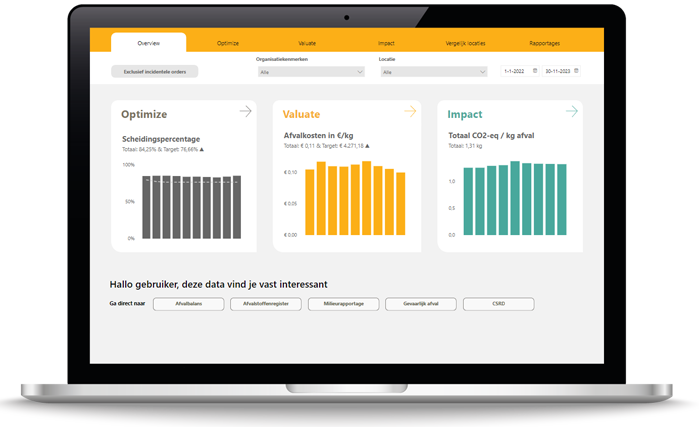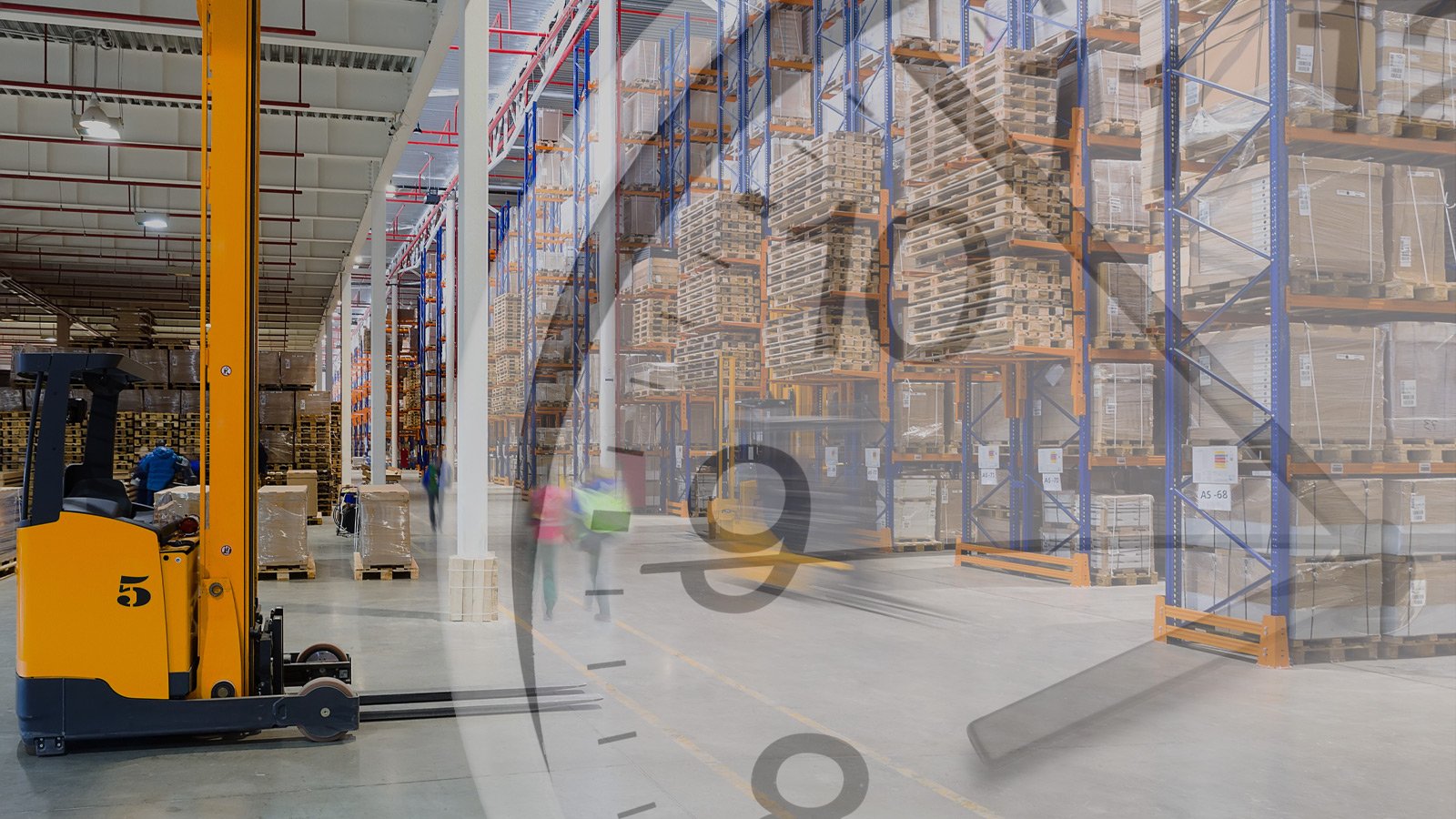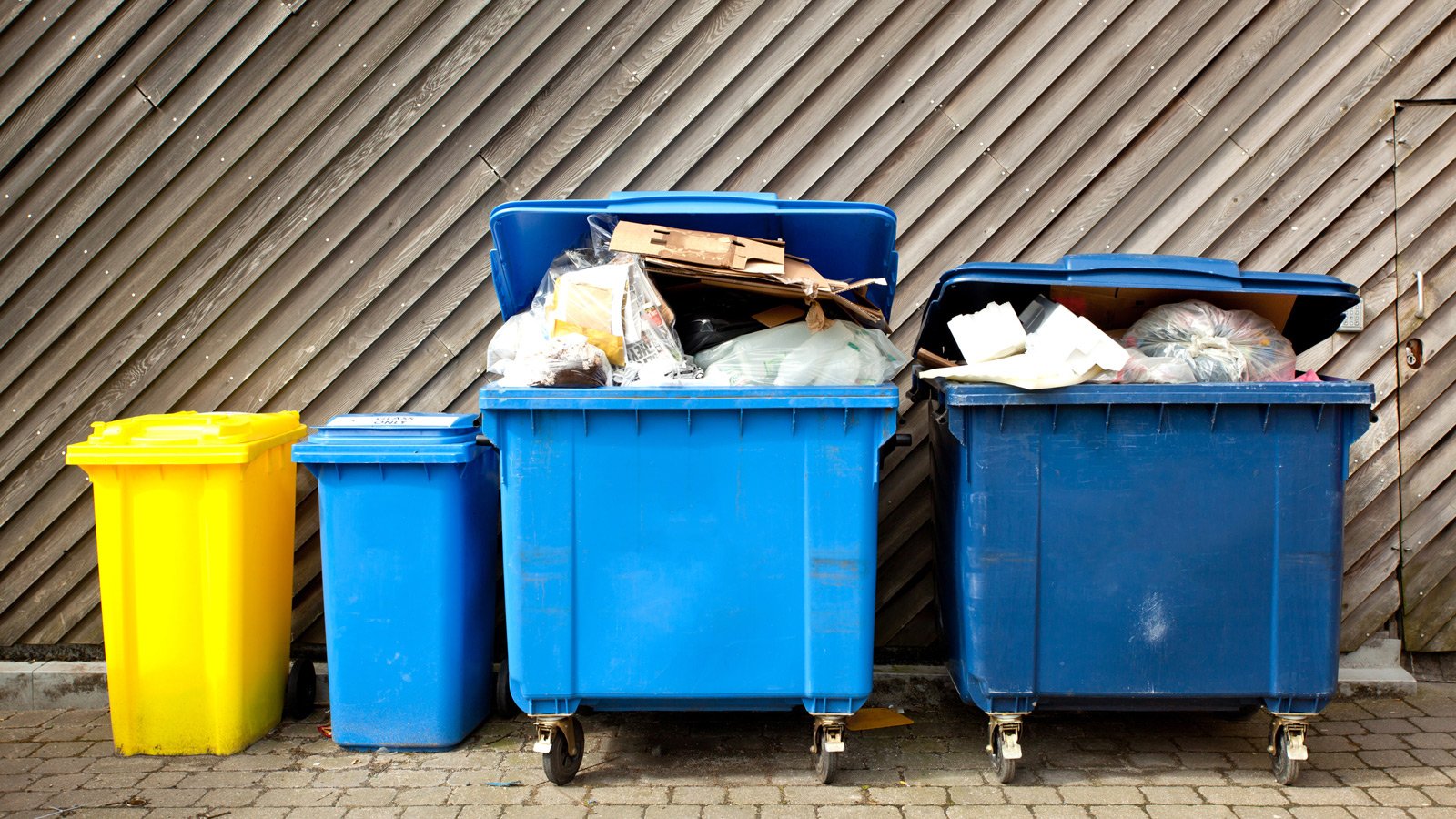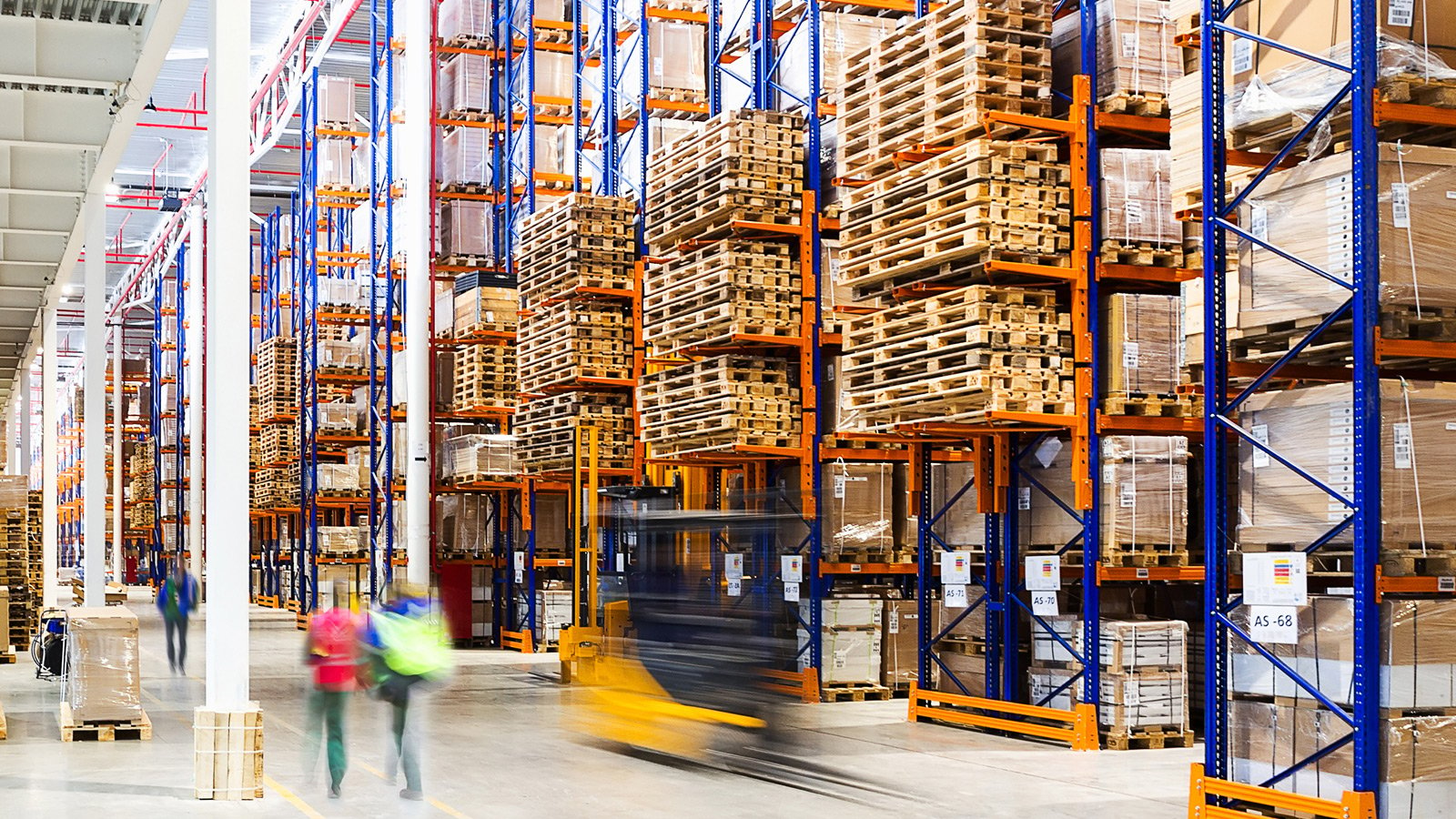Pallets are one of the largest waste streams for logistics companies. Getting a grip on this wood stream is not only necessary to achieve ecological and economic gains: soon, European legislation will also make it mandatory. In the pipeline is a European law, which ensures that by 2030 thirty percent of the total number of pallets used must be reused; by 2040 even ninety percent. It is important for companies to gain more insight into this important, but currently underexposed, raw material stream.
Focus on pallets
Pallets represent an important raw material stream, which can be reused or recycled in a high-quality manner. Yet for a long time, logistics companies have had little understanding of the further life cycle of their old pallets. Pallets were often sold to the highest bidder, which in some cases could even mean that pallets ended up at biomass plants, where they were burned for energy. Fortunately, more and more companies are realizing the importance of more direction in the wood stream, driven by increased attention to sustainability, but also a dire shortage of pallets at the time of corona and the war in Ukraine. But so far not through regulation.
New EU legislation
That seems likely to change with new European legislation. As part of the Green Deal and a new circular economy action plan, the European Commission has tabled a proposal to amend the Packaging and Packaging Waste Directive (PPWD) to promote the reuse of packaging materials. The proposal puts pallets under the label of transport packaging, with an associated target of 30 percent reuse by 2030 and 90 percent reuse by 2040.
Data provision needed
Although this proposal is not yet a binding directive, industry lobbyists and European Union delegates are positive about the arrival of tighter legislation around packaging materials. Once that happens, companies will need to keep a close eye on their pallet flow. How many pallets do you have, what type of pallets, in what form (whole, repaired or residual) and what percentage of the pallets are reusable: this kind of data is crucial in order to provide proof of compliance with European Union directives in the near future. But our own experience shows that many logistics companies do not yet have precisely this type of data in order. Many organizations do not know exactly what type of pallets leave their terminal, let alone how much waste takes place.
Getting a grip
At Milgro, we provide the data facility that allows you to get a grip on the pallet flow and all other raw material flows within your organization. This insight is not only needed to save money and achieve ecological returns, but also to get in line with upcoming legislation. With our data tool and waste reports, we provide insight into the current situation so that you can then take steps to reduce waste and use raw materials more intelligently. For example, are lots of pallets going away at one location and needing pallets at another? Or are pallets released in the organization that are difficult to trade because of specifications? With greater insight and direction, you can find an outlet internally, and perhaps even externally, for these pallets. And thus extend the life of these pallets.

Insightful through dashboarding
Be well prepared for the upcoming changing legislation and gain insight into the pallet flow - and all other resource flows - within your organization.
With our dashboard, you can easily keep track of your company's waste, waste and resource goals and performance indicators. This allows you to comply with government requirements on waste, work more efficiently, save time and make your company more sustainable. Want to experience it yourself? Request a no-obligation demo.
Stay informed
Stay up to date on all new developments? Follow us on LinkedIn or Instagram. Or subscribe to the newsletter. Are you curious about what Milgro can do for your operations and waste process? Contact us













